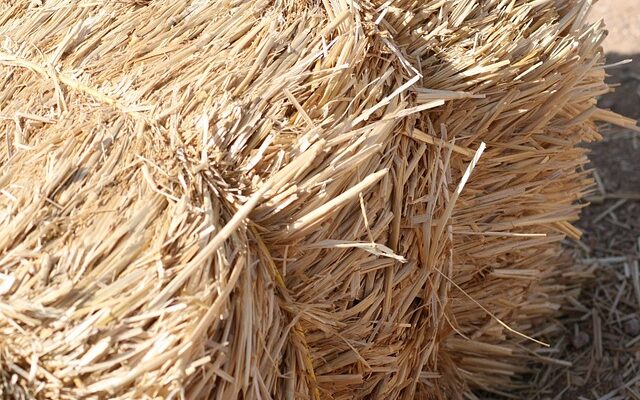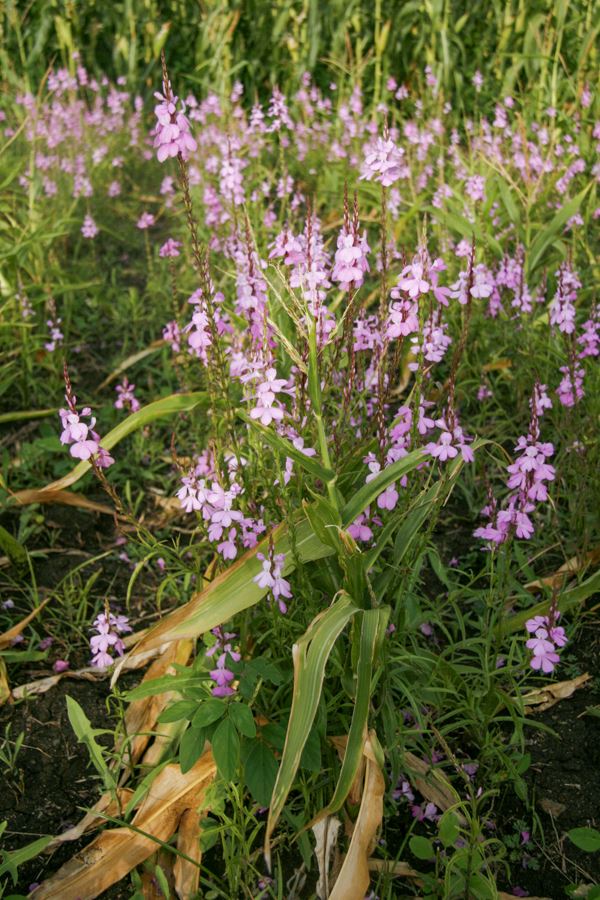In the ever-evolving landscape of agriculture, farmers are constantly seeking innovative and efficient methods to enhance crop yield and livestock nutrition. Whether you’re a seasoned farmer or just starting, understanding the importance of fodder and its conservation in modern farming practices can relieve the way you approach animal nutrition and farm productivity.
UPSCALE project partner, the International Centre of Insect Physiology and Ecology (icipe) created a brochure called “Push-pull Technology and Fodder Production” in collaboration with Kenya Agricultural and Livestock Research Organisation (KALRO) and the Ministry of Agriculture (MOA) in Kenya. This brochure can help farmers produce high-quality fodder for their animals and, at the same time, save other resources for the better welfare of household members.
In this blog post, farmers will get perspective into the ins and outs of fodder/silage, exploring the production process, the impact on livestock health and the overall positive implications it holds for sustainable and efficient farming.
Fodder
‘Fodder’ refers to crops grown or preserved for livestock feed. It can be used either fresh or preserved. Implementing push-pull technology provides a source of rich and balanced fodder that can be used to improve the productivity of livestock.
Integrating Napier/Brachiaria-Mulatto grasses and Desmodium into livestock feeding not only provides a well-rounded, high-quality fodder mix but also guarantees a fresh and nutrient-dense feed source. These forage options contribute seriously to the nutritional needs of livestock, offering a balanced combination of carbohydrates and protein essential for their health and productivity.
Why do we conserve fodder?
The conservation of fodder is essential for maintaining a consistent and nutrient-dense food supply for livestock and it also offers economic benefits by reducing the need for external feed purchases during scarcity. Conserving fodder enables farmers to diversify forage sources, creating a well-balanced and sustainable diet for their animals.
In a good rainy season, farmers can have surplus forage beyond what the animals can eat. The surplus Napier grass, Brachiaria-Mulatto grass, Desmodium and crop residue from the push-pull plot can be conserved for later dry season feeding.
Livestock owners and farmers seek assurance that the fodder they purchase meets not only the weight requirements but, more importantly, fulfills the nutritional needs of their animals. This expectation reflects a broader understanding that the health and productivity of livestock are intricately tied to the quality of their diet. Whether investing in the freshness of green fodder, the preservation of nutrients in hay or the fermentation process of silage, consumers prioritize receiving an optimal balance of nutrients, ensuring that their financial outlay translates into tangible benefits for the well-being and performance of their livestock.
Harvesting fodder
In some situations, farmers harvest and make or buy straw in the name of hay, which is not the same.
Hay is forage dried by sun and wind, which one conserves as standing hay or cuts. The moisture of the hay is usually reduced from 80% to less than 20% by wilting. Farmers can determine the hay quality by visual assessment: its leafiness, colour (green indicates proper curing and high levels of carotene), lack of odour, lack of foreign material, and weight.
On the other hand, straw is the dried stalks of cereal plants, such as wheat, barley or oats, left over after the grains have been harvested. It is commonly used for various agricultural purposes, including livestock bedding, mulching and as a structural material in thatching or as a component in building materials.
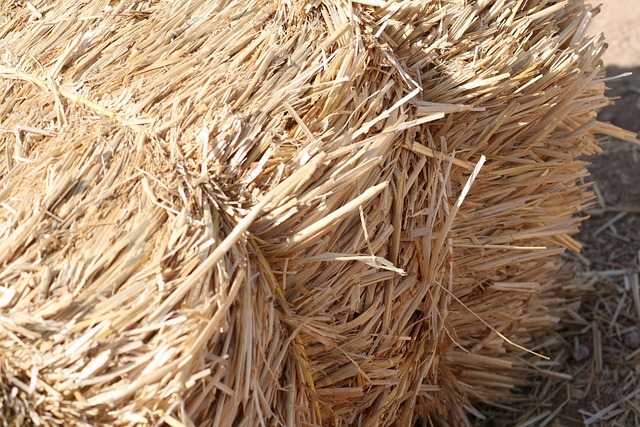
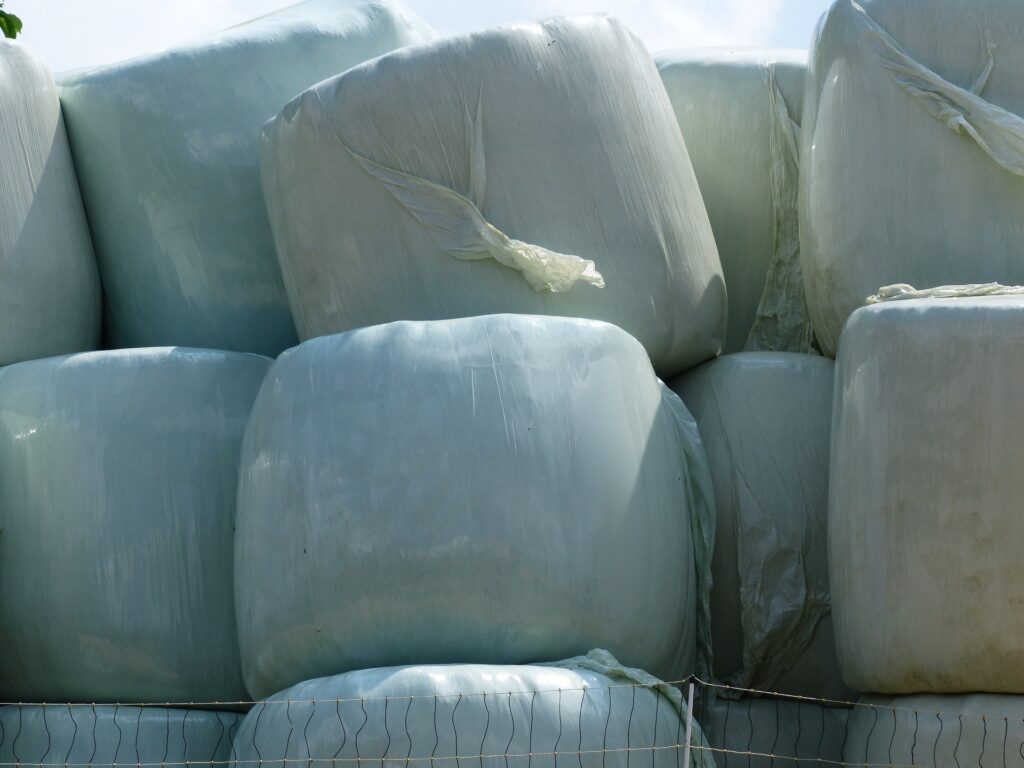
How to correctly harvest Desmodium for fodder
Desmodium can be ready for harvesting when maize is physiologically mature under push-pull.
Do not let it seed to maturity if you want the quality and nutritive value of the fodder legume.
The optimal stage for harvesting Desmodium is when it has proliferated to cover the ground and is entering the flowering phase. At this moment, the plant typically boasts a peak nutritional content, making it an ideal time to gather forage for livestock. Harvested Desmodium can be utilized directly as feed for animals. Any excess Desmodium can be conserved through the process of making hay. This practice allows for the preservation of the nutritional value of the forage, ensuring a readily available and nutritious feed source during periods when fresh Desmodium might be scarce or unavailable.
Steps to harvest the plant:
Cut half a row of fresh Desmodium and transfer immediately to a shade.
Spread to dry. Always leave a stem 2 to 4 inches (5 to 10 cm) high from the ground at harvesting.
Use the rake to turn the cut Desmodium daily to allow for quick wilting.
Avoid over-drying the hay. About 2 to 4 days of drying should be sufficient, depending on the moisture content of the plant. Well-dried hay should not break easily on handling.
Store the hay in an aerated, dry place away from rain and any form of moisture. If outside, use a tarpaulin or polythene sheet to cover it; if the hay is in small amounts, put it in bundles or gunny bags and keep it in a store.
How to store maize stover
Maize stover, the residual plant material left after harvesting maize, can be stored using two primary methods: loose or baled. For small-scale farmers, loose storage is a more accessible option. This involves cutting the maize stover and assembling it into manageable bundles that are easy to carry. To store, stack the bundles in a slanting position against a tree or three poles tied together at the top to create a stable structure. It is advisable to place the stacks under a shade to protect them from exposure to the elements and ensure optimal preservation. This simple yet effective method allows small-scale farmers to efficiently store and manage maize stover for various agricultural purposes.
Practical advice on how to utilise fodder:
Livestock should be fed Napier grass and Desmodium in a ratio of 3:1.
Minimise wastage; feed the livestock with chopped forage in a feed trough.
Mix chopped maize stover, Napier grass, and Desmodium during the dry season.
Always remember to give your livestock the recommended mineral supplements.
Make sure you have used up all the stover before the start of the next season, or the stemborers that are in the stover will infest your new crop.
How to make hay bales
Farmers can optimize the hay-making process using a hay box with dimensions measuring 85 cm in length, 55 cm in width, and 45 cm in depth, which is open on both sides. Efficiently piling and pressing the Desmodium within this box can yield an average bale weight of 20 kg, providing a manageable and standardized form for storage. It is crucial to ensure ample air circulation in storage areas to prevent the development of mould, safeguarding the quality and nutritional integrity of the harvested Desmodium hay.
For enhanced livestock nutrition, consider incorporating Desmodium hay into the feeding regimen for Napier grass. To achieve an optimal blend, follow a simple ratio of one part Desmodium hay to five parts chopped fresh Napier grass (1:5 ratio). This mixture capitalizes on the nutritional benefits of Desmodium, complementing the forage qualities of Napier grass. By following these instructions, farmers can not only efficiently harvest and store Desmodium hay but also strategically integrate it with Napier grass to create a well-balanced and nutritious feed for their livestock.
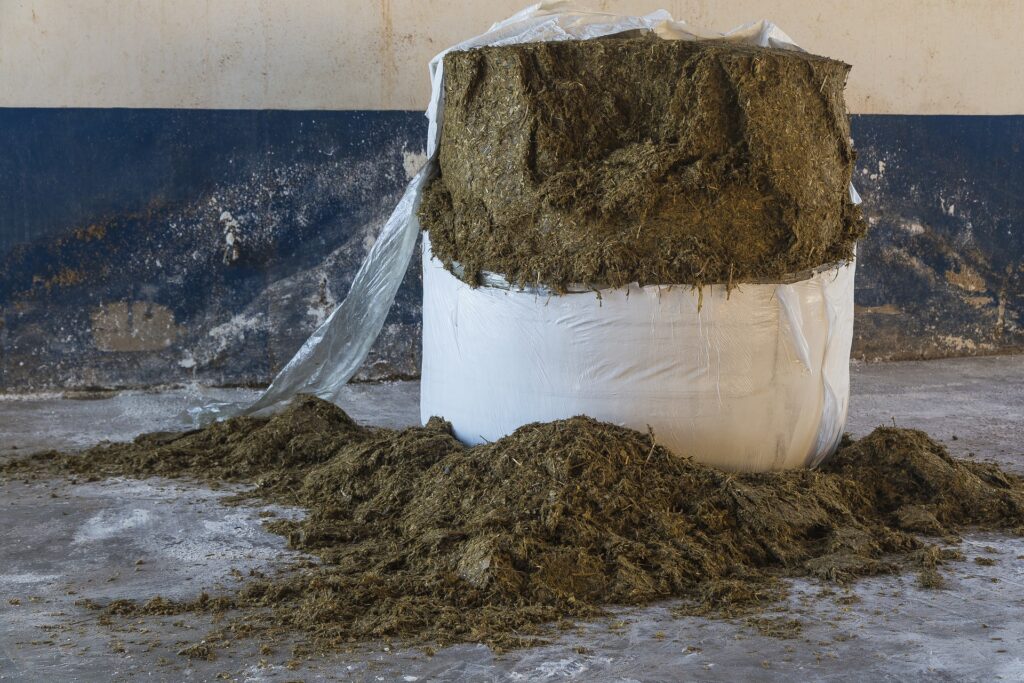
Silage
Silage, the fermented fodder stored in airtight conditions, has become a cornerstone in maximizing the productivity of farms worldwide. From preserving the nutritional value of forage crops to providing a reliable source of feed during lean seasons, the benefits of incorporating silage into your agricultural strategy are manifold.
Silage is fodder grass that has been chopped, pressed and preserved through fermentation. The preservation process expels oxygen and allows bacteria to grow, while preventing decomposition and deterioration of the fresh grass, keeping its quality. Silage can be stored in different variations of facilities such as tower or bunker silos, silage bags, piles and pits. For the environmental occasion, the recommendation is to prepare the silage in a pit.
Preparing quality silage
For small-scale silage production, a pit measuring 8 feet in length, 4 feet in width, and 3 feet in depth is sufficient to yield approximately 1000 kg of silage. In addition to the pit dimensions, farmers should acquire 20 litres of molasses, which should be mixed thoroughly with 60 litres of water. This molasses-water mixture serves as an essential additive in the silage-making process, contributing to the fermentation and preservation of the forage material. If the farmer does not have enough material, it is understandable to dig a smaller pit.
Differentiating between good and poor silage:
Good silage has a sweet smell and a shiny yellowish-brown colour.
Poor silage has a rotten smell and a dark and mouldy colour. Your animals will not eat poor-quality silage.
To sustain silage quality and prevent spoilage, farmers should adopt a routine of opening only one end of the silage storage at a time. To ensure minimal exposure to air, and promptly reseal the storage, the suggestion is to remove the required amount of feed for one day swiftly. Farmers must prioritize feeding cows by placing silage in the feed trough approximately 3 hours before or after milking. This strategic timing helps minimise the potential transfer of silage odours into the milk, maintaining its quality. Be mindful of the varying consumption patterns of different cow breeds—exotic cows may consume up to 40 kg of silage daily, while crossbreeds typically require around 20 kg.
It’s crucial to note that the silage portion should not exceed 60% of the total daily feed to ensure a balanced diet for livestock.
In conclusion, adopting practices that lead to higher production of meat and milk, maintaining optimal body condition, enhancing fertility, minimizing animal health issues and consequently commanding higher prices for livestock can collectively result in a substantial improvement in overall income for farmers. This holistic approach not only promotes the well-being of the animals but also proves to be a strategic and economically beneficial endeavour for livestock management.
For more information about fodder and silage, explore icipe brochure.
